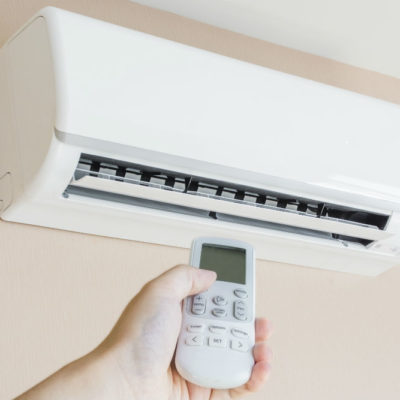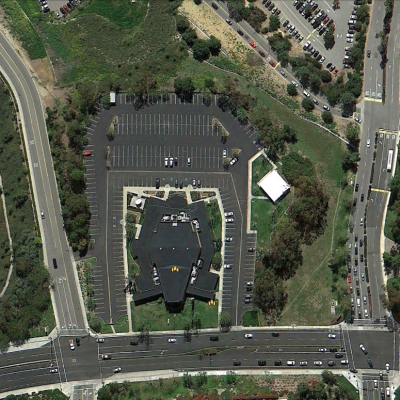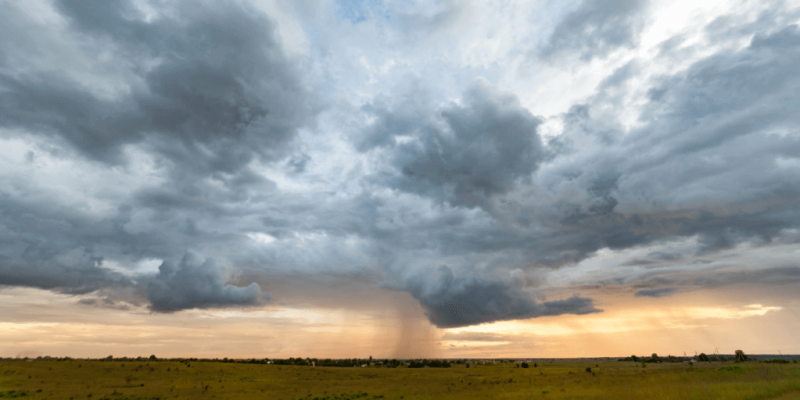
The death toll continues to rise as 1st responders and rescuers relentlessly search through the expanse of rubble and waste caused by the EF-4 (Enhanced Fujita scale) tornado that cut a two mile wide and twenty mile long swath up to and through the town of Moore, Oklahoma. The destructive aftermath of such devastation is not new to Moore. In 1999 Moore, Oklahoma was hit head on by an EF-5 tornado where destruction was widespread. Some experts are saying that yesterday’s tornado may be upgraded to an EF-5, but is too early to know for sure. Children are still missing from the direct hit on a local elementary school. But, so far, twenty children are known dead. My heart aches for them, the parents, brothers and sisters, grandparents, etc. with this life-changing disaster.
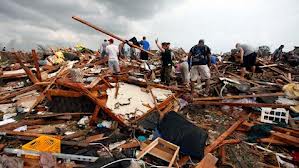
Although I am writing this from Orlando, Florida; Moore, Oklahoma still hits close to home. My daughter and her young family lived in Moore for a few months while her husband attended FAA training. They lived on the second floor of a two-story apartment complex . . . with no basement or place of refuge in the event of a tornado. I recall my daughter expressing some anxiety over this and wondered what she would do in the event of a tornado. Luckily, the weather cooperated until their return to Utah a few months later. The photos of yesterday’s tornado evidence the extreme degree of destruction with mobile homes and wood frame homes. “Structural” framing strewn everywhere. I place the word “structural” in italics because one might question the structural integrity of these homes and buildings, and inquire WHY they couldn’t withstand the brunt of the storm. The story of the Three Little Pigs come to mind.
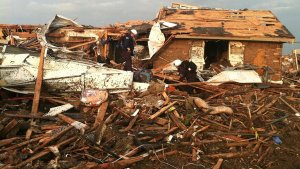
Seeing this through the discerning eye of an architect with over 40 years experience, I am not convinced that we chalk this up to just another tragic event in Tornado Alley. Do we all raise our arms in the air and declare nothing more can be done. After all, these buildings were built to Building Codes and Standards that were upgraded from the Tornado of 1999. Better weather forecasting and warning systems are in place. It could have been so much worse. Perhaps. . . But we need to ask ourselves if we have gone far enough with upgrading the Building Codes and Standards in Tornado Alley. Are we still too intimidated by the singular “bottom line” to not totally embrace the “triple bottom line” that takes into equal consideration the surrounding community. I suspect there is still much room for improvement. Weather warning technology will continue to improve. The question is, if serving the community carries an equal level of importance with the environment and economic factors, will we embrace this opportunity to make the appropriate changes to protect our fellow citizens. May I suggest the following enhancements:
For all construction that is within the region known as Tornado Alley:
- Structural systems (foundation, walls, and roof) will be designed to withstand a minimum of 200mph.
- Mobile homes in this area must be designed to withstand a minimum of 200mph and be anchored to withstand a minimum of 200mph uplift.
- Window and door framing will be constructed to withstand 200mph wind forces.
- Window glazing will meet Miami-Dade requirements for impact resistance.
- All construction shall have an area of refuge, or Safe Room, where floor, walls, and ceiling can withstand 250mph forces. The access door will be rated accordingly.
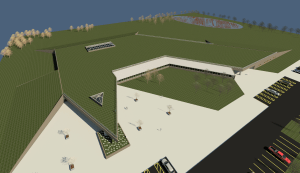
The above list will help to protect our children and families who expect to be safe in the buildings they live, learn, and worship in. But, what about the extra cost to build to this higher standard? Eventually, the Three Little Pigs ended up in the house made of bricks. They were safe there. I can imagine sometime in the not-to-distant future where yet another EF-5 tornado passes through the town of Moore, Oklahoma, and the aerial photographs show trees down, cars turned over, Pyrimid Office Complex Rendering 04barns leveled, and shingles everywhere.
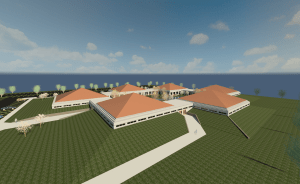
The wide path of the tornado is clearly evident. Power lines are down, infrastructure needing attention . . . . but not one life lost. Not one! I submit to you that it can be . . . and should be done. Our very lives depend on it. Building smarter and safer is the answer!


